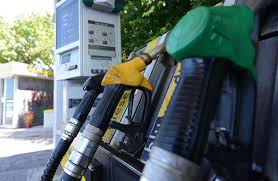Description of the Model
The form of your product or service and the makeup of your prospect base will influence how you structure your promotion. If you are offering an improved version of the same product or service to the same customer/prospect base then no changes should be required. On the other end of the spectrum, a new product or service going to a new prospect base calls for a new and innovative approach to promotion. In between circumstances require a more subtle approach to promotional changes.
Characterize Your Enterprise
An expert will position your enterprise on a chart based upon your description of:
product function
buyer history
You can trace through the supporting analysis and its conclusions, adjusting your input until you are satisfied your description accurately characterizes your enterprise.
Analysis of Your Enterprise Position:
Brand Repositioning
The product remains the same, but is now offered to a new market. There will be new competitors and a new marketing mix. Product Repositioning
The product is changing, and is now offered to a new market. There will be a new appearance, new features and benefits and new competitors. Innovation
This is the most complex change. New technology, new price, new promotion, and new competitors call for new strategy.
Re-market
The product remains the same, but the marketing mix, price, and promotion are re-blended. Re-launch
Change the name, appearance, costs and the marketing mix. Obvious Substitution
The new product appears in a conspicuous manner drawing attention to new technology and materials. Change the name, appearance, costs and the marketing mix.
No change
Neither the product or market is changing. Maintain the status quo.
Face lift
No change in marketing, but changes in the product must provide greater competitive advantage. Quiet Substitution
No change in marketing. The new product creeps quietly into the market without fanfare.













